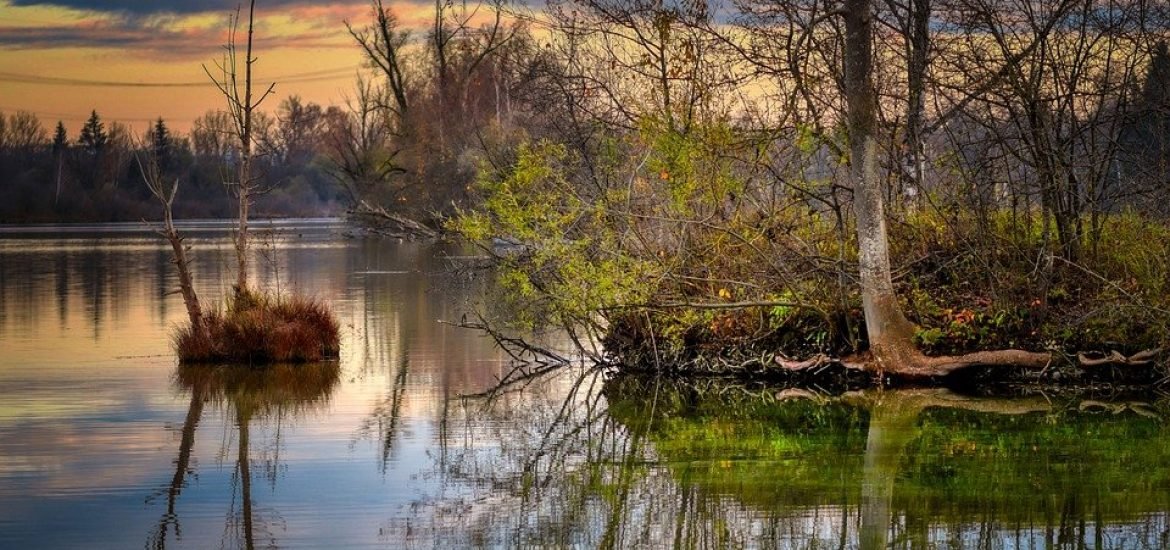
Private protected areas can help conservation efforts with underrepresented biomes and highly threatened areas, according to new research published in Nature Ecology and Evolution.
The authors define privately protected areas (PPA) as a portion of land managed privately and set aside to protect biodiversity. PPAs can be done by many different entities, including individuals, communities, corporations, and NGOs. This is not the same as protected areas managed and maintained by a governmental organisation. The popularity of PPAs is increasing, but very little is known about how they can contribute to conservation.
To answer this question, a team of researchers from the Universities of Leeds and Manchester in the UK analysed data from over 17,000 PPAs located in 15 countries across five continents. It turns out that PPAs are twice as likely to be in areas with a significant human impact, such as agriculture and mining. They’re also more likely to be in biomes with virtually no conservation efforts and protect about 1% of critical biodiversity areas.
Overall, PPAs may only represent 3.4% of land under protection but have a significant impact by increasing the connectivity between conserved areas by 7%. This is vital to avoid genetic bottlenecks and allow for an easier dispersal of seeds and animal migration.
“Our study shows that privately protected areas can make unique and very real contributions to the conservation estate. They deserve more attention, recognition, and resources for better design and implementation. By recognising their role in conservation efforts, more can be done to co-ordinate the establishment of privately protected areas and maximise their benefits,” said lead author Rachel Palfrey from the School of Earth and Environment at Leeds. “Governed protected areas dominate conservation strategies in most countries, but government action alone will be insufficient to reach global conservation targets and help safeguard against devastating biodiversity loss.”
This study also helps researchers understand how PPAs can help develop a more robust network of protected areas. “The current global network of protected areas underrepresents key species and ecosystems. It lacks connectivity and does not adequately protect areas of high wildlife and biodiversity importance. Privately protected areas are not the silver bullet for conservation efforts, but they are clearly an important part of the picture,” said Dr. Johan Oldekop, Senior Lecturer in Environment and Development from the Global Development Institute at Manchester.
“This study highlights the importance of using all available resources and interests to establish vitally important protected portions of land. Greater legislative, technical, and financial support for privately protected areas could help facilitate their establishment and also strengthen legal frameworks for other forms of conservation, including indigenous reserves and community conserved areas.”
At the moment, protected areas represent about 16% of the world’s land. However, the authors highlight that much of this protected land is in areas with low economic value, which means conservation goals of protecting a third of the planet by 2030 are unlikely to be met.
Using this study as a starting point, the UK team stresses the need for more research to assess how privately-owned areas can help national conservation strategies.
“Further research is needed to examine the underlying factors and governance structures that influence the landscape choices of privately protected areas,” concluded Dr. George Holmes, associate professor of conservation and society at Leeds. “Future analyses should include efforts to better understand the role of different stakeholders, such as private landowners and land trusts, and their motivations for the establishment of privately protected areas, as well as assessments of national policies and incentives that support privately protected areas.”
Palfrey, R., Oldekop, J.A. & Holmes, G. Privately protected areas increase global protected area coverage and connectivity. Nat Ecol Evol (2022). https://doi.org/10.1038/s41559-022-01715-0